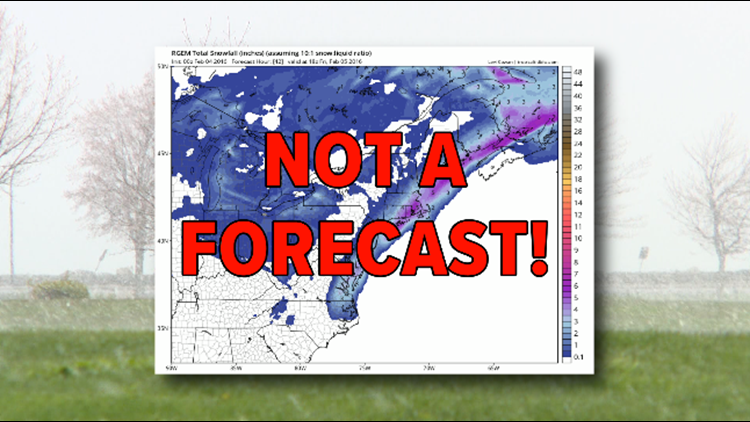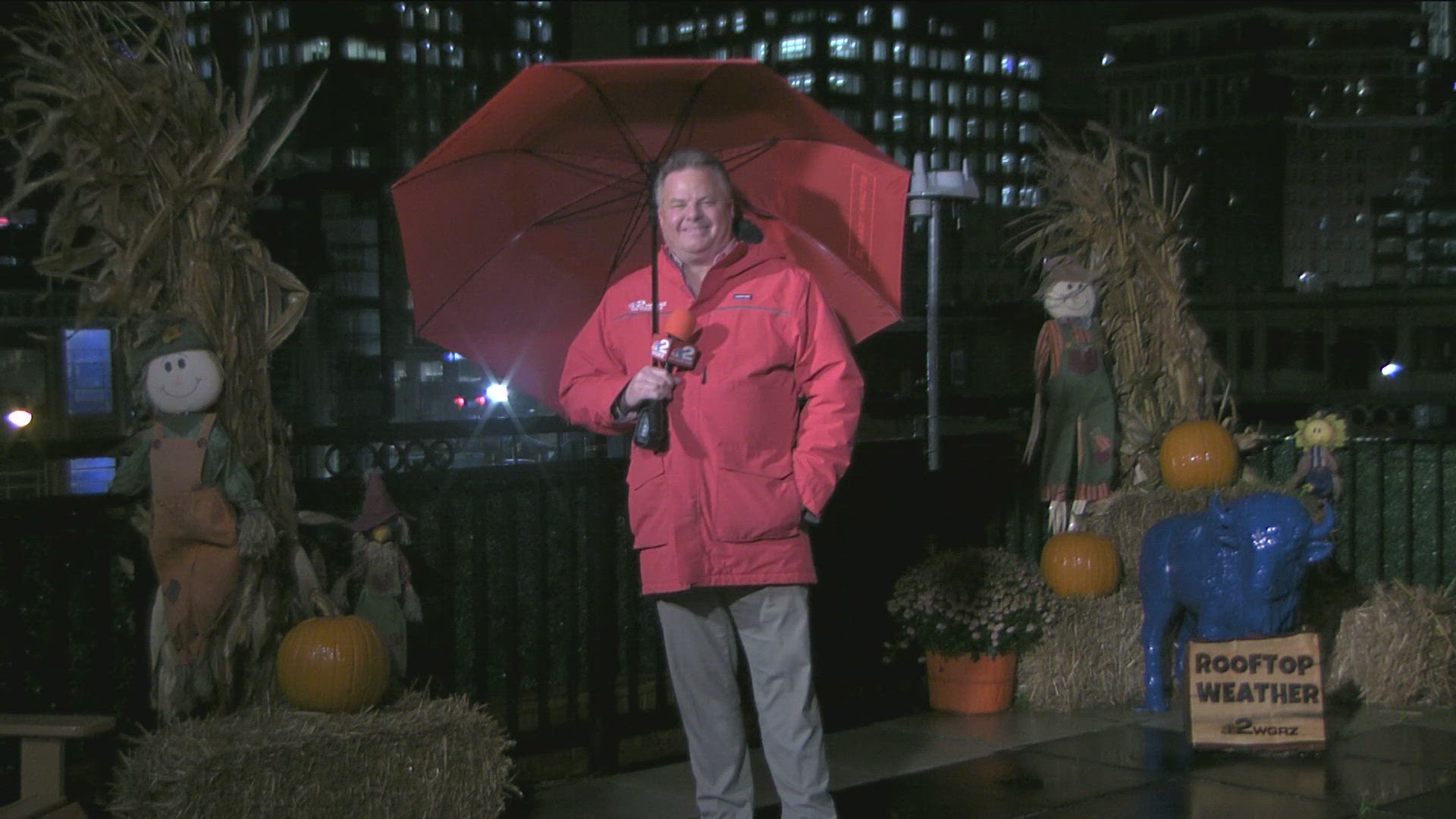BUFFALO, N.Y. — Social media can be a great thing when it comes to connecting on an important weather forecast. We can more directly explain the impacts to you and you can share your reports and weather photos with us.
But as good of a tool as social media can be, it can be a far more dangerous tool in the hands of someone looking to spread false information, or worse yet someone that shares something without considering whether the information could be legit or not.
Misinformation and “click bait” forecasts have been a thorn in meteorologists’ sides for quite a few years at this point and it seems to get worse during the winter. This is when snow maps with eye-grabbing totals show up in news feeds without context or when big buzzwords like blizzard or polar vortex get overused in an attempt to “go viral”
RELATED: Big weather buzzwords
Here are a couple of things to keep in mind to help control the spread of fake forecasts as you scroll through your feeds this winter. Most of this should seem like good ol’ common sense.
First, check your sources. If the forecast you’re seeing was posted by anyone other than a meteorologist, read into it a little more. Is it from a credible weather, science or news website? Or is it from one of those viral “click bait” sites? If it’s the second option, read with caution but definitely hold off on sharing.
Next, remember that a weather model isn’t an actual forecast. Meteorologists look at dozens of different models with countless different pieces of data when they craft a forecast. Each model is just a tool used to arrive at the final product. That’s because model forecasts are made by computers using past data and some really complex math equations.
The models are far from perfect and it’s up to the human forecaster to tweak the model data into something more accurate. Model forecasts often have very specific snowfall amounts on them. A human-created forecast will typically use snowfall ranges of some other method of communicating realistic uncertainty.
But even a human-made forecast can be very misleading. That’s because just about anyone can take a computer and a few clip art images to create their own (sometimes convincing-looking) “forecast.” This is where critical thinking comes into play. If something just looks off, it probably is.
For the most reliable forecast information, follow your favorite Storm Team 2 meteorologists on social media. We’re always here to provide you with the latest forecast, cool weather and climate stats and of course, answer your questions about the weather.
New episodes of Heather’s Weather Whys are posted to the WGRZ YouTube channel every Wednesday evening.
If you have a weather question for me to answer, send it to heather.waldman@wgrz.com or connect with me on Facebook or Twitter.



